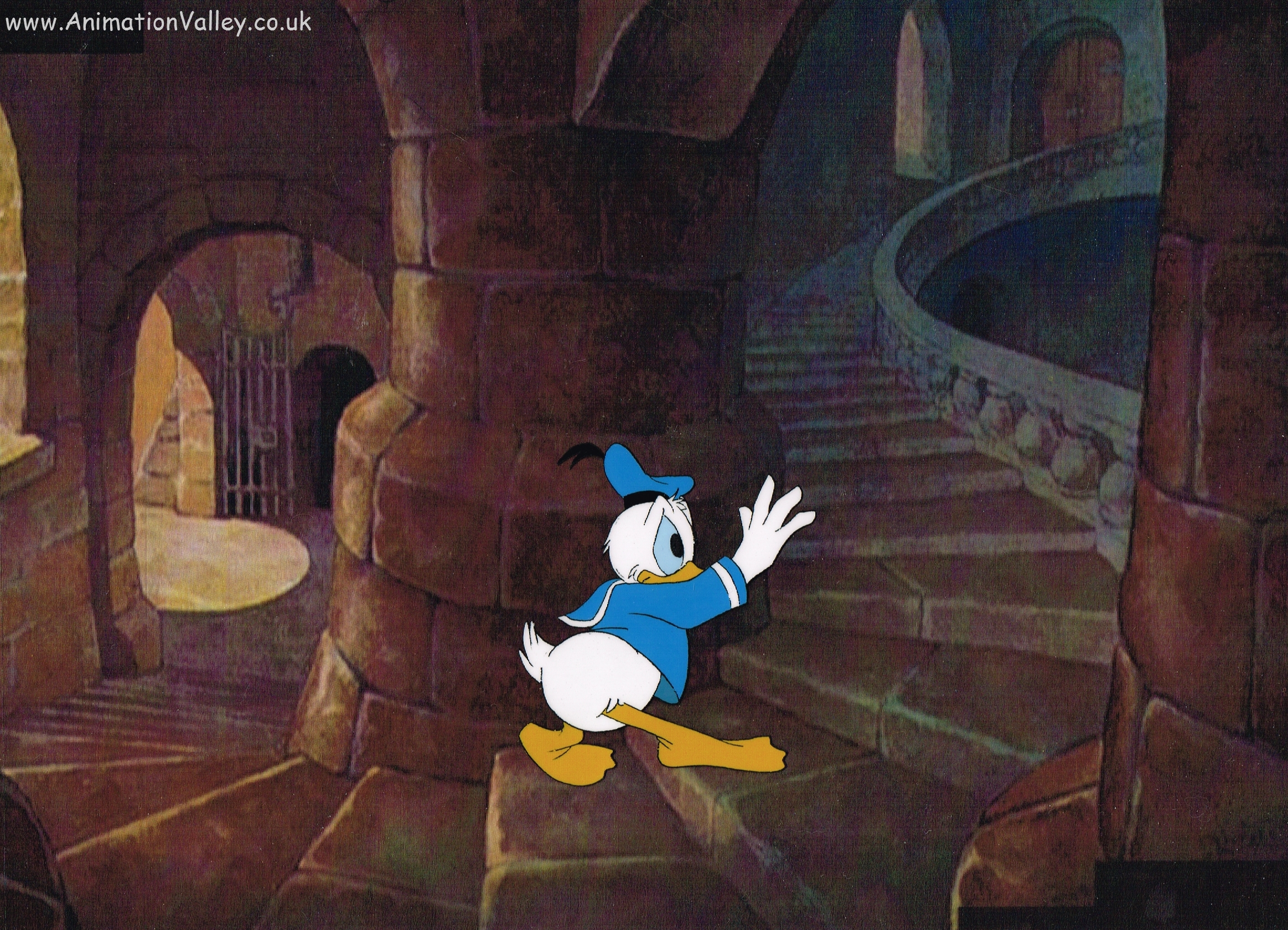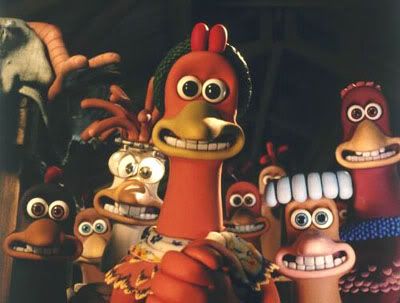"For 3D animations, objects (models) are built on the computer monitor (modeled) and 3D figures are rigged with a virtual skeleton. For 2D figure animations, separate objects (illustrations) and separate transparent layers are used with or without a virtual skeleton. Then the limbs, eyes, mouth, clothes, etc. of the figure are moved by the animator on key frames. The differences in appearance between key frames are automatically calculated by the computer in a process known as tweening or morphing. Finally, the animation is rendered." Wikipedia -
CGI Animation originates as early as the 1960's, it was developed at Bell Telephone Laboratories by Edward E. Zajac, Frank W. Sinden, Kenneth C. Knowlton, and A. Michael Noll. CGI is what is used to generate animated images through the use of computer graphics. CGI usually uses 3D computer graphics to process, although 2d graphics are still used from time to time depending on the desired outcome of the animation. CGI takes from the stop motion technique but in a digital way, the outcome of this is a much smoother animation compared to the stop motion technique. The equipment involved in CGI are computers, digital software for producing the CGI and also motion capture suits can be used on actors to capture a real life performance which will then be digitalized and put into the animation.
The advantages of CGI would be that the possibility of the animations you can make are endless, anything you can think of you will be able to make. The use of CGI in all types of animations has made for a much more realistic looking quality of animation.
The disadvantages of CGI would be the fact of how time consuming ir is to make a 3D CGI animation. You have to edit every single frame that you want to change which can take a massive amount of time. Also you need to have a keen eye for detail and takes alot of skill to produce high quality CGI Animations.







